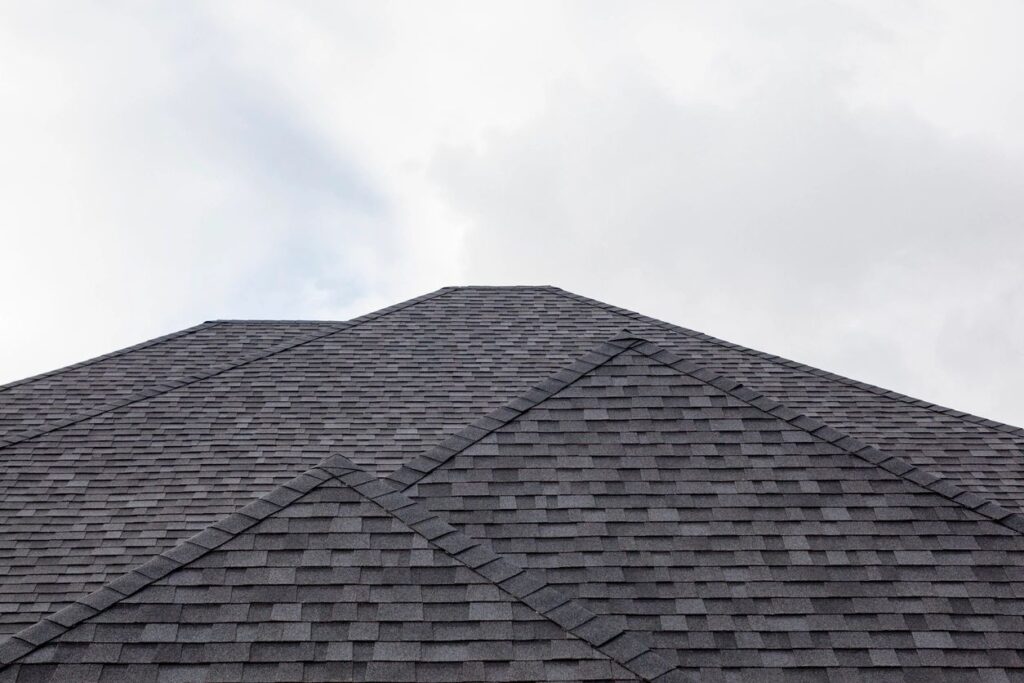Understanding the Link Between Roofing and Energy Costs
Reducing energy costs isn’t solely about upgrading windows or replacing HVAC systems. A critical, often underestimated factor in home energy efficiency is the roof. Proper roofing in Denver not only protects a property from environmental elements but also plays a central role in temperature regulation. Strategic roofing choices—including materials, insulation, and regular maintenance—can significantly cut energy bills throughout the year.
Choosing the Right Energy-Efficient Roofing Materials
Modern roofing materials are engineered with performance and sustainability in mind. For homeowners looking to lower their energy usage, material selection is the first and most critical step.
Reflective Roofing Shingles
Reflective shingles, also known as “cool roofs,” are designed to reflect more sunlight and absorb less heat. These shingles lower surface temperatures, keeping homes cooler in the summer and reducing the load on air conditioning systems.
- Asphalt Shingles with Reflective Coatings: Widely available and cost-effective, these are engineered to meet Energy Star standards.
- Metal Roofing: Metal panels with reflective coatings can reduce cooling costs by up to 25% in hot climates, and they last decades longer than traditional materials.
- Tile and Slate Options: Natural thermal resistance and ventilation gaps beneath these materials help maintain indoor comfort year-round.
Light-Colored vs. Dark-Colored Roofing
The color of a roof matters. Light-colored roofs reflect UV rays and heat, making them ideal for hot summers. In colder climates, darker shingles can offer modest warmth retention. However, in variable climates like Denver, a balanced approach—such as energy-rated composite shingles—provides year-round benefits.
Importance of High-Performance Roof Insulation
Insulation is the invisible line of defense that keeps indoor temperatures stable regardless of the season. Without adequate insulation, even the most advanced roofing materials cannot perform effectively.
Preventing Heat Transfer
In winter, warm indoor air naturally rises. Without a thermal barrier, this heat escapes through the roof, forcing the heating system to work harder. In summer, external heat enters the attic, elevating indoor temperatures and burdening cooling units.
High-R-value materials—such as spray foam, rigid foam boards, and dense fiberglass batts—are recommended for roof cavities and attic floors. Properly installed, they ensure minimal thermal bridging and consistent comfort.
Ventilation and Airflow
Even with optimal insulation, poor attic ventilation can sabotage energy efficiency. A well-ventilated roof prevents moisture buildup, regulates attic temperatures, and extends roof lifespan. Balanced intake and exhaust systems, including ridge vents and soffit vents, are essential components of a truly efficient roofing system.
Detecting and Addressing Roof Damage to Prevent Energy Loss
Minor roofing defects often go unnoticed until they impact utility costs. Small leaks, missing shingles, or deteriorating flashing allow conditioned air to escape, leading to increased energy consumption.
Common Problems That Cause Energy Drain
- Cracked or broken shingles expose underlayment, weakening insulation.
- Unsealed flashing around vents, chimneys, and skylights can leak air.
- Water infiltration degrades insulation materials, reducing their effectiveness.
Routine roof inspections by professional roofers in Denver are critical. Identifying early signs of wear, sealing vulnerable areas, and replacing failing components helps maintain energy efficiency.
Weatherproofing and Moisture Control Strategies
Moisture infiltration doesn’t just compromise structural integrity—it has direct consequences for insulation and indoor comfort. A damp roof system leads to mold growth, wood rot, and insulation breakdown, all of which increase heating and cooling demands.
Comprehensive Moisture Management
- Ice and water shield membranes prevent melting snow from seeping under shingles.
- Proper gutter systems divert water away from the foundation and roof edges.
- Underlayment upgrades , including synthetic options, add a secondary moisture barrier beneath the shingles.
In climates like Denver’s—with fluctuating temperatures and snowpack—these defenses are essential. They reduce long-term energy loss while preventing expensive structural repairs.
Year-Round Benefits of Energy-Smart Roofing
Investing in energy-efficient roofing pays off in more ways than just lower utility bills. It also contributes to a more sustainable home, reduces HVAC wear, and increases property value.
- Lower monthly energy bills: Especially during peak summer and winter months.
- Enhanced indoor comfort: Fewer hot and cold spots indoors.
- Sustainability: Reduced carbon footprint through lower energy consumption.
- Home value appreciation: Energy efficiency is a major selling point for prospective buyers.
Trusted Local Expertise
When it comes to effective, energy-saving roofing solutions, choosing the right partner matters. At Tried and True Roofing, we specialize in high-performance roofing services tailored to the climate and needs of Denver, Colorado. Whether upgrading materials, reinforcing insulation, or preventing damage, we deliver results that keep energy bills in check—season after season.
Conclusion
Home energy efficiency begins at the top. From reflective materials to insulation and leak prevention, your roofing system is a silent partner in your home’s overall performance. Prioritizing smart roofing decisions today leads to tangible savings tomorrow—and ensures your home stays comfortable no matter the weather. For homeowners seeking expert roofers Denver can rely on, ensuring roofing systems are optimized is an investment that pays for itself.


